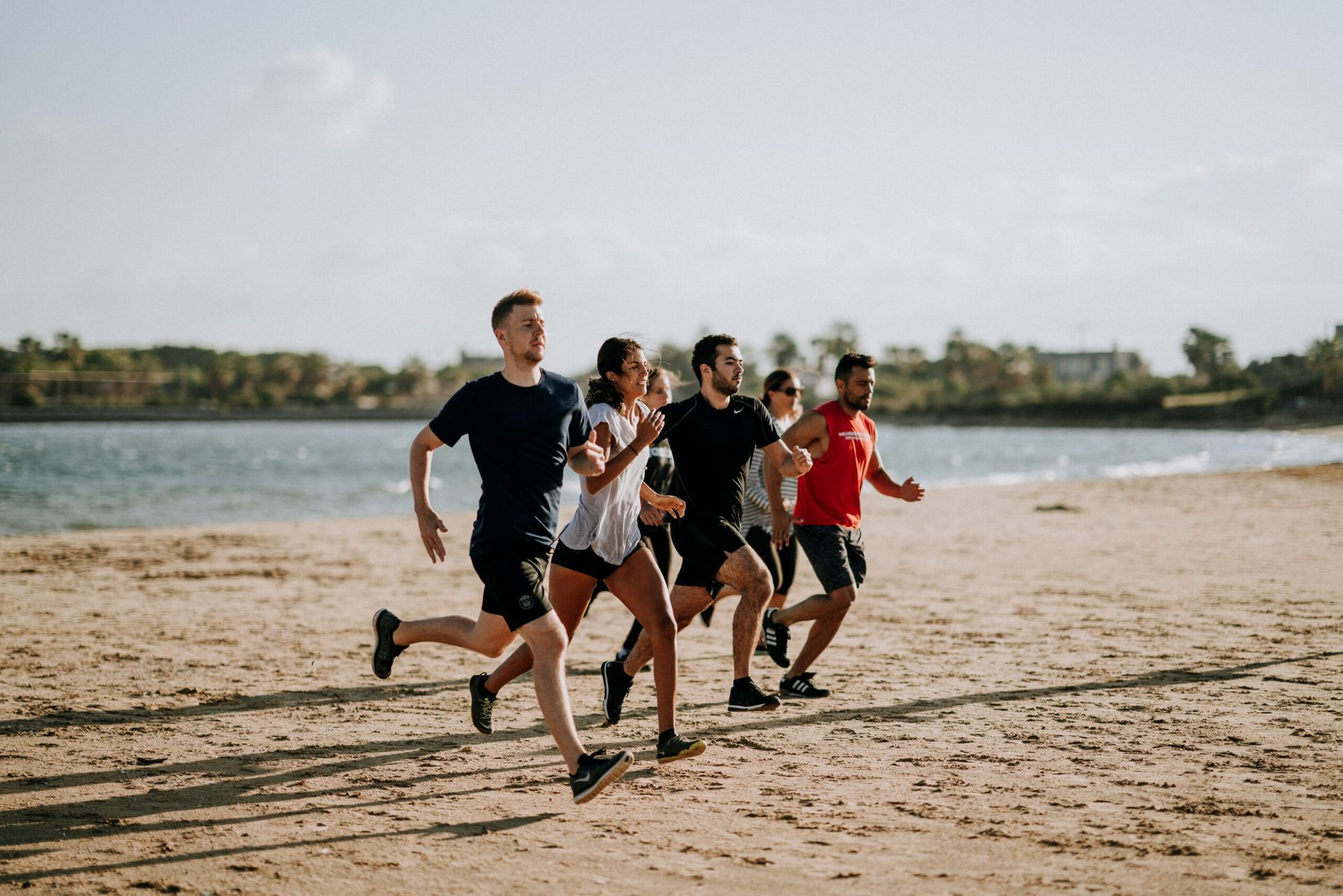Top 10 Benefits of Physiotherapy
If you have an injury, feel pain, and just want to enhance your body’s function and movement, physiotherapy is worth considering.
This blog explores what physiotherapy is, its benefits, and what to expect during physiotherapy treatment.
What is Physiotherapy?
Physiotherapy, also called Physical Therapy (PT), is a type of treatment that helps make your body stronger and healthier. Physiotherapists are experts in movement and health, and they use exercise and other methods to treat injuries and conditions that affect how to move. They want to improve your life by looking at not only your physical health but also how you feel emotionally, mentally, and socially. Clinical physiotherapists in Altona work with people of all ages, including kids, to create personalized plans that help them move and feel better.
10 Benefits of Physiotherapy Treatment
- Pain Reduction and Management: Pain happens when the body perceives itself to be under threat. There are different types, like acute, nerve-related, referred, mechanical, or chronic pain, which comes from the central nervous system. Physiotherapists use diagnosis and education to understand your pain. They help you manage it using manual therapy, therapeutic tools, and exercises to reduce pain, change how you feel it, and support healing. Over time, your pain should decrease as your body heals and the clinical physiotherapist in Altona helps calm down your nervous system.
- Strong Muscles and Joints: Even though physiotherapists are experts in prescribing exercises, especially for people with injuries. Good physiotherapy often includes exercises tailored just for you. Doing these exercises regularly can make your muscles and joints work better, make you stronger, and even improve your bone and heart health.
- Better Movement and Balance: Physiotherapy includes exercises that stretch and strengthen your body, making it easier to move, stay balanced, and avoid falls. Moving better boosts your confidence, lets you be more independent, and allows you to enjoy all the physical activities and joys of life.
- Recover from Surgery: After surgery, you might feel uncomfortable or even have some pain. But the good thing is, physiotherapy can help a lot with recovery and easing the pain. Working with your physiotherapist to set goals is a smart move. It keeps you focused, helps track your progress, and gives you something to aim for during your rehabilitation. This way, you can stay positive and motivated on your journey to feeling better.
- Restore Pre-Injury Activity: How fast you can get back to what you were doing before getting hurt depends on a few things, like how bad the injury is, how fit you were before, how old you are, and what your usual activities involve. Physiotherapists work on your injury in different ways to bring back your strength, flexibility, and ability to do things. They want to help you return to your normal activities as soon as possible, making sure it’s safe, and also lessen the chances of the injury happening again.
- Drug Free Treatment: Instead of just using medicine, physiotherapists use different methods like exercises, hands-on therapy, and other tailored treatments. They also use things like therapeutic taping, electrical nerve stimulation, cold therapy, and heat therapy. This mix of methods helps you rely less on medicine and gives you a better and more lasting way to get better.
- Accurate Diagnosis: Physiotherapy aims to help you with pain, recovery, and reaching your goals. But sometimes, people with physical pain feel frustrated because they may not be making progress. This often happens when there’s a wrong diagnosis or a lack of understanding about the pain. The best physiotherapists start by doing a thorough assessment to determine the real reasons behind your pain. This helps them understand what’s going on and how to best help you feel better.
- Improve Fitness and Athlete Performance: People who love sports or exercise and want to do better or get fitter often turn to sports physiotherapy. This helps them perform at their best. Physiotherapists use different methods to make the body stronger and work better.
- Improve Mental Health: The connection between our body and mind is super important. When our body hurts, it can really affect how we feel emotionally and mentally. Physiotherapy is great because it makes our body healthier, so we can live a happy, pain-free life and enjoy things more.
- Avoid Surgery: If physiotherapy can make your pain go away or help you heal from an injury, you might not need surgery. But if surgery is necessary, doing physiotherapy before it can be helpful. Getting stronger and in better shape before surgery can make your recovery faster after the surgery.
Conclusion:
Ready to experience the numerous benefits of physiotherapy? Take the first step toward improved health and well-being by scheduling a consultation with our experienced physiotherapy team. Whether you’re recovering from an injury, managing chronic conditions, or simply aiming to move and feel better, our personalized approach can make a significant difference in your life. Contact us today to start your journey to a healthier, more active you!





